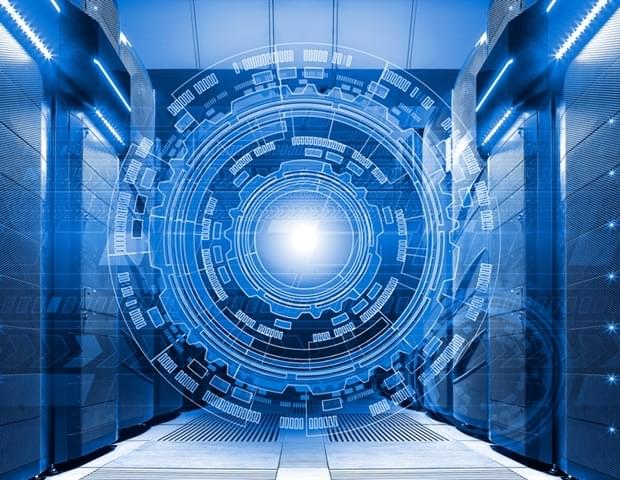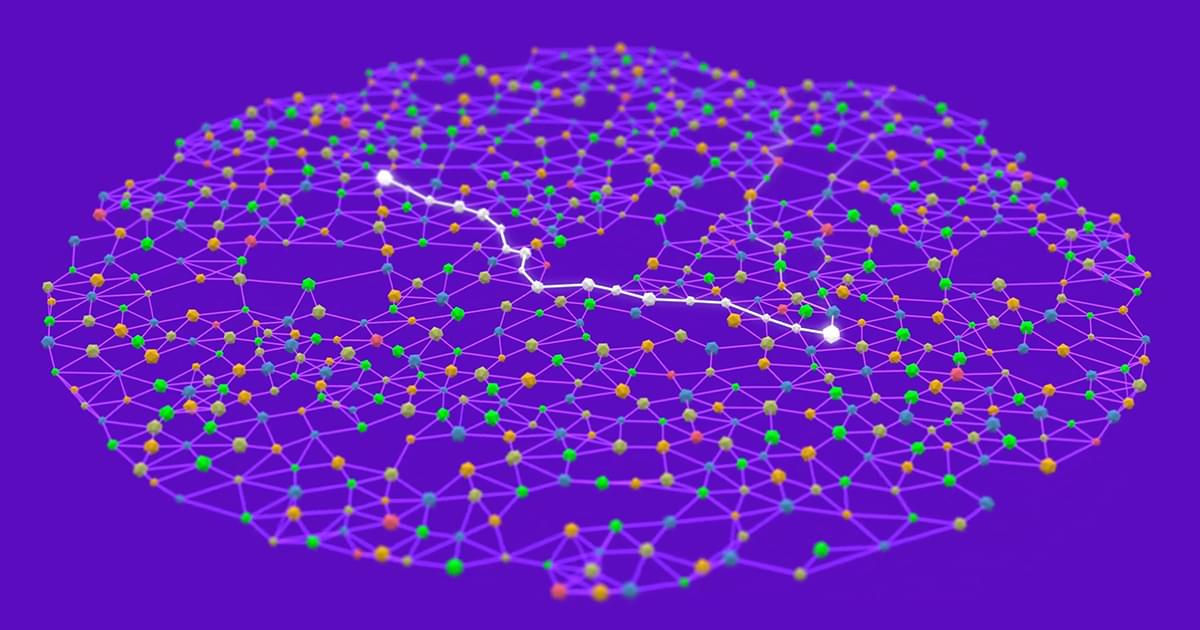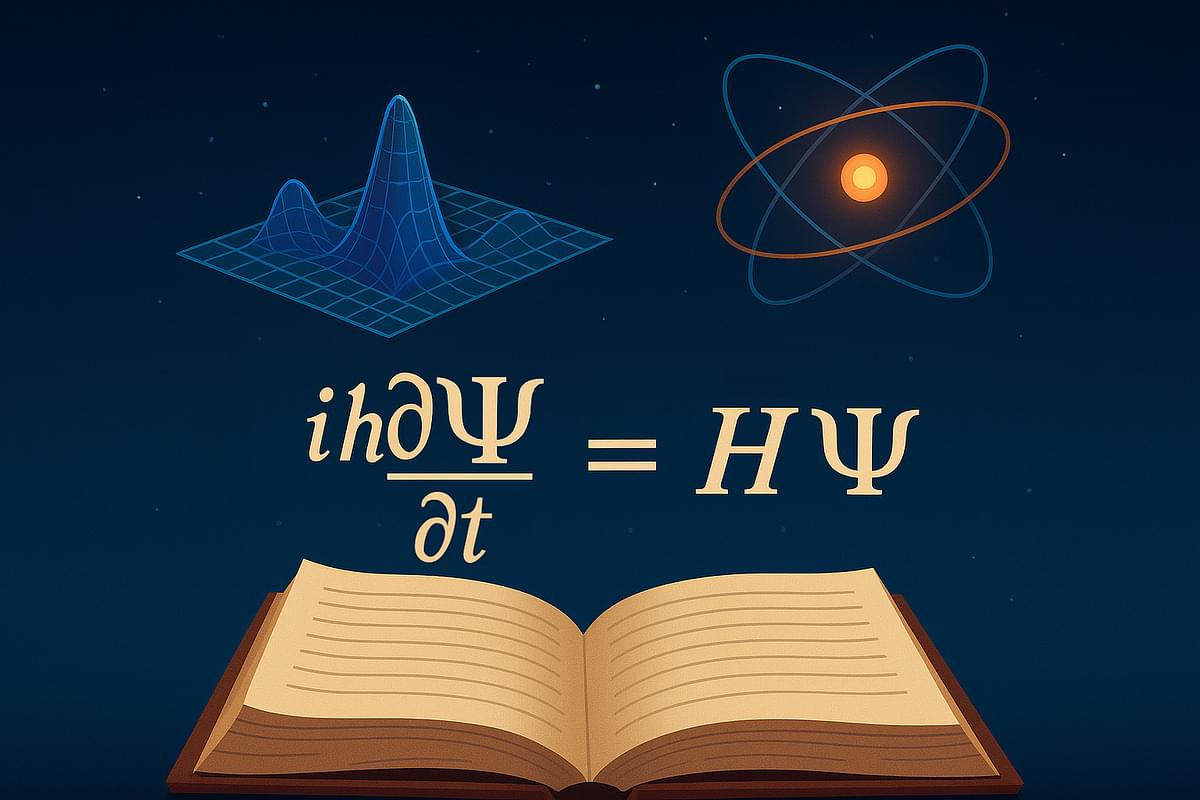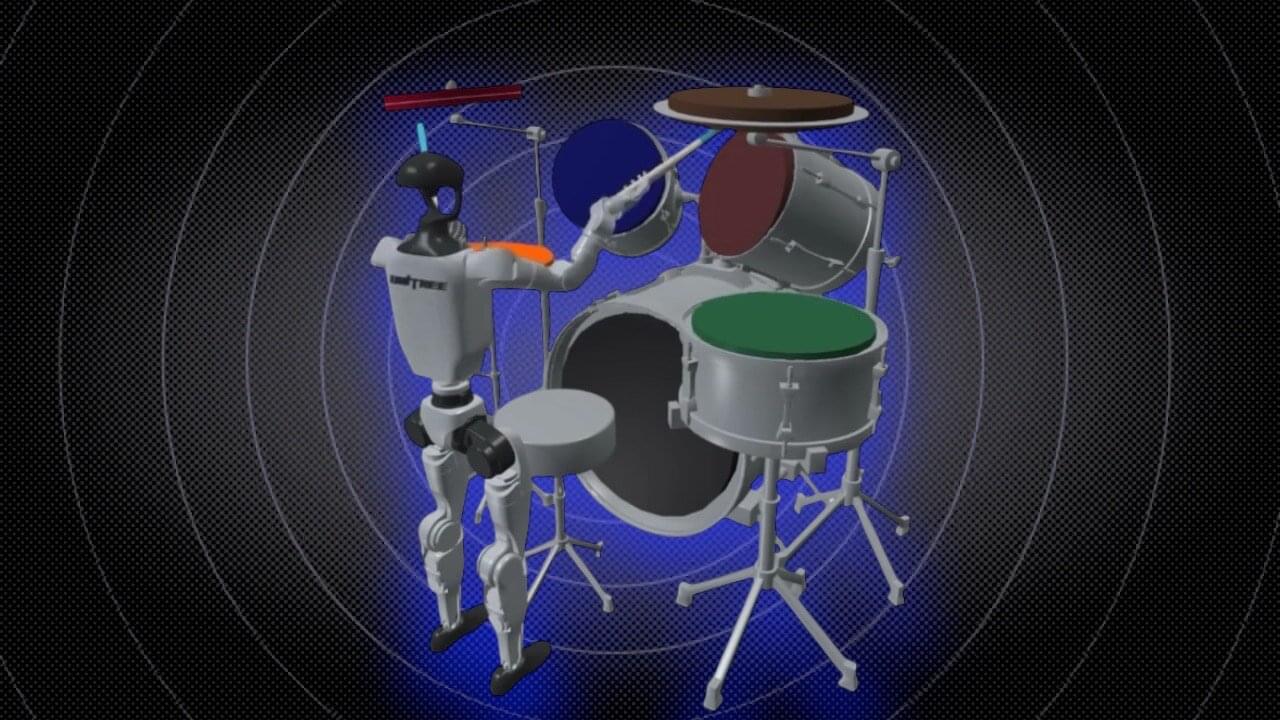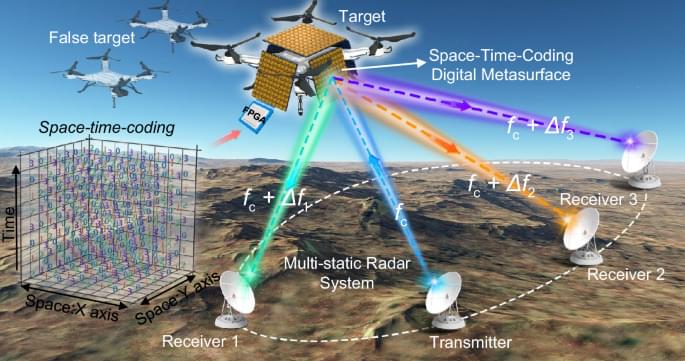Humanoid robots, robots with a human-like body structure, have so far been primarily tested on manual tasks that entail supporting humans in their daily activities, such as carrying objects, collecting samples in hazardous environments, supporting older adults or acting as physical therapy assistants. In contrast, their potential for completing expressive physical tasks rooted in creative disciplines, such as playing an instrument or participating in performance arts, remains largely unexplored.
Researchers at SUPSI, IDSIA and Politecnico di Milano recently introduced Robot Drummer, a new humanoid robot that can play the drums both accurately and expressively, supported by a reinforcement learning algorithm. This robot, presented in a paper published on the arXiv preprint server, was found to gradually acquire human-like behaviors, including movements that are often performed by drummers.
“The idea for Robot Drummer actually emerged from a spontaneous conversation over coffee with my co-author, Loris Roveda,” Asad Ali Shahid, first author of the paper, told Tech Xplore. “We were discussing how humanoid robots have become increasingly capable at a wide range of tasks, but rarely engage in creative and expressive domains. That raised a fascinating question: what if a humanoid robot could take on a creative role, like performing music? Drumming seemed like a perfect frontier, as it’s rhythmic, physical, and requires rapid coordination across limbs.”



